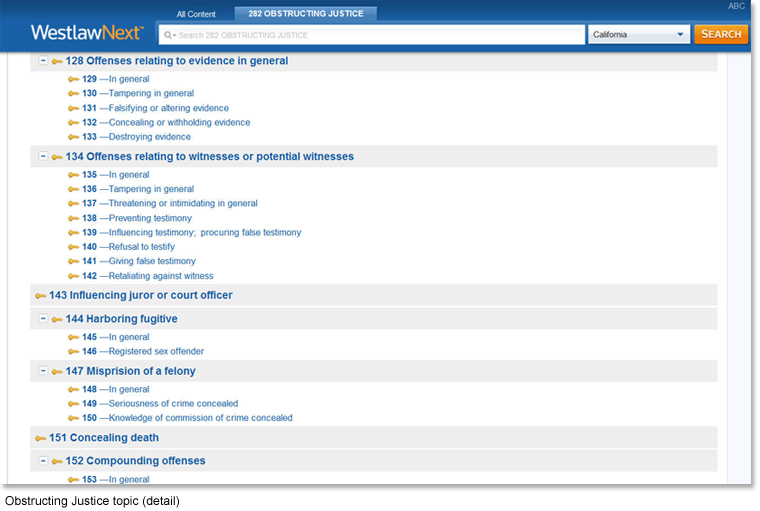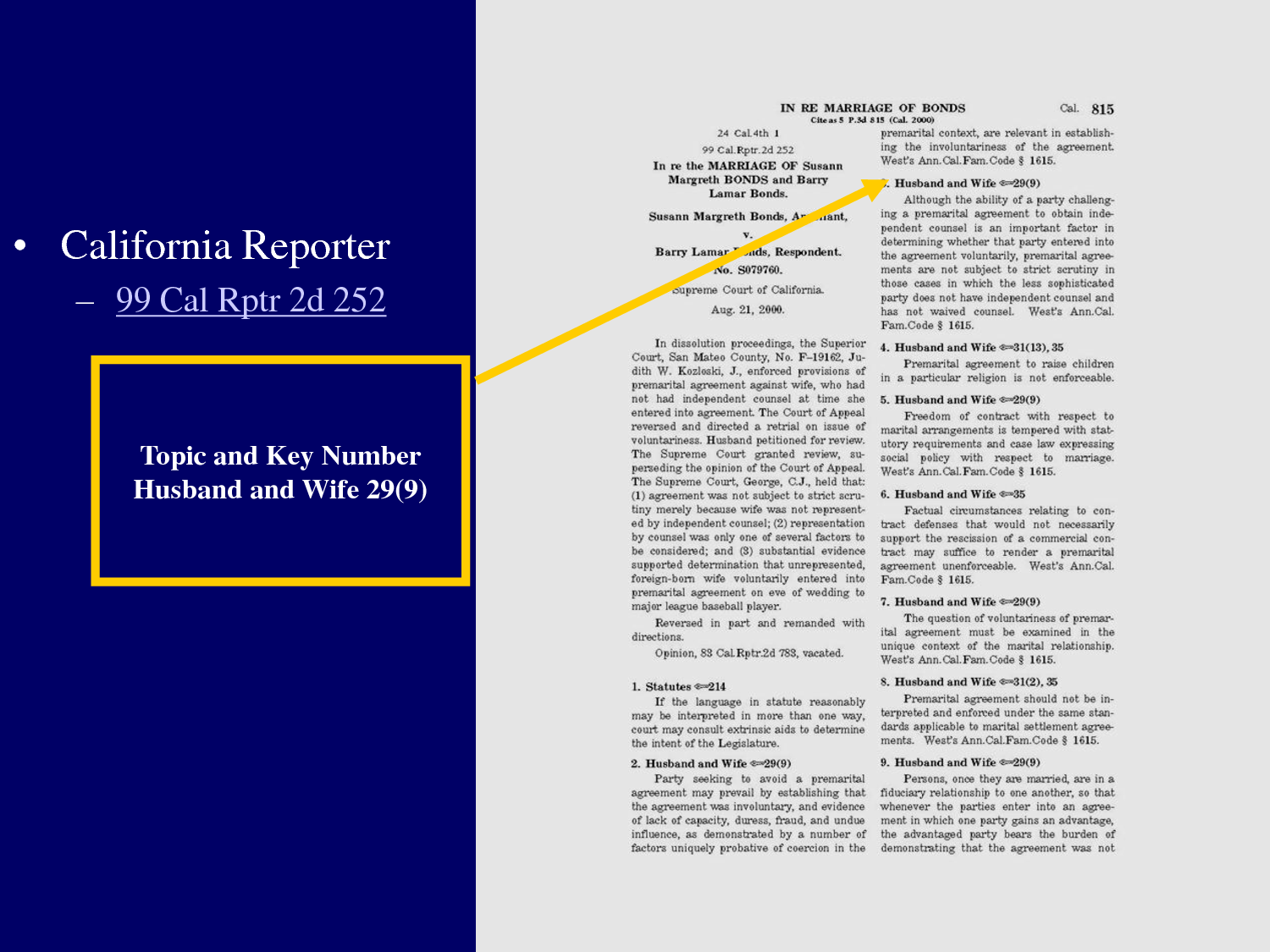Legislative XML Data Mapping (Library of Congress)
First, the important stuff:
First Place: $10K
Entry due by: December 31 at 5:00pm EST
Second, the details:
The Library of Congress is sponsoring two legislative data challenges to advance the development of international data exchange standards for legislative data. These challenges are an initiative to encourage broad participation in the development and application of legislative data standards and to engage new communities in the use of legislative data. Goals of this initiative include:
• Enabling wider accessibility and more efficient exchange of the legislative data of the United States Congress and the United Kingdom Parliament,
• Encouraging the development of open standards that facilitate better integration, analysis, and interpretation of legislative data,
• Fostering the use of open source licensing for implementing legislative data standard.The Legislative XML Data Mapping Challenge invites competitors to produce a data map for US bill XML and the most recent Akoma Ntoso schema and UK bill XML and the most recent Akoma Ntoso schema. Gaps or issues identified through this challenge will help to shape the evolving Akoma Ntoso international standard.
The winning solution will win $10,000 in cash, as well as opportunities for promotion, exposure, and recognition by the Library of Congress. For more information about prizes please see the Official Rules.
Can you guess what tool or technique I would suggest that you use? 😉
The winner is announced February 12, 2014 at 5:00pm EST.
Too late for the holidays this year, too close to Valentines Day, what holiday will you be wanting to celebrate?

